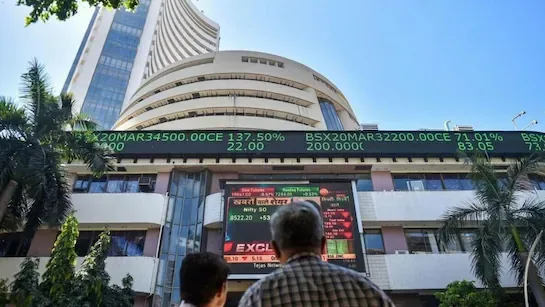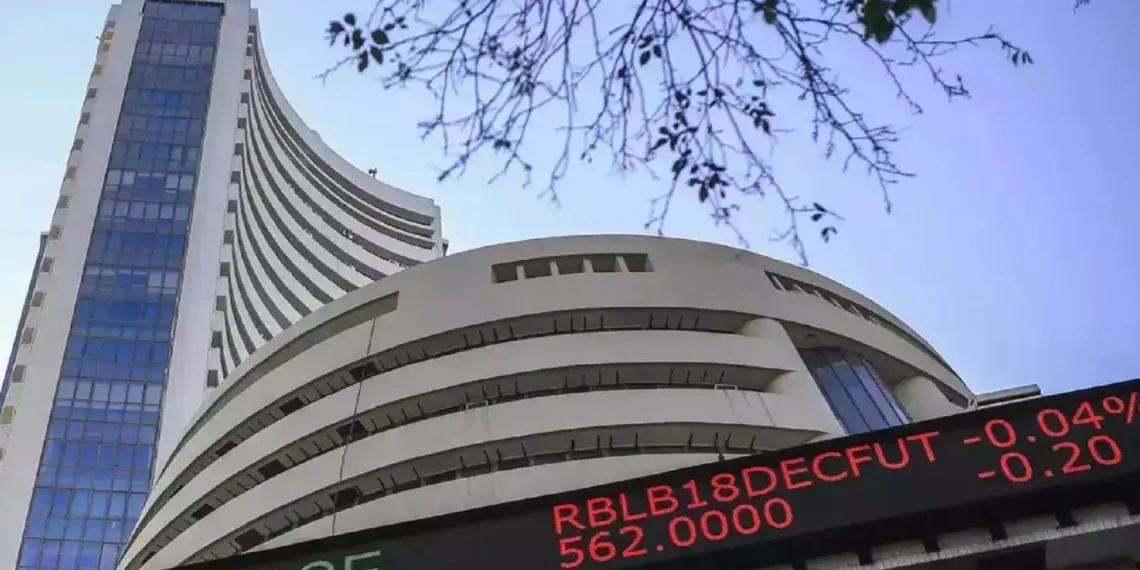The Indian stock market is experiencing significant turbulence as Sensex fell 1200 points and Nifty breached the 23,000 level amid mounting concerns over trade policies and foreign investment outflows. Investors lost more than Rs 3.53 lakh crore from their portfolios as multiple factors converged to create a perfect storm on Dalal Street.
Table of Contents
Nifty 50 Current Market Snapshot
The benchmark indices are facing unprecedented selling pressure, with heavy selling witnessed on Tuesday, August 26, 2025, as investors resorted to profit booking ahead of US import tariff implementation. This market correction reflects broader concerns about global economic stability and India’s position in international trade.

Top 6 Reasons Behind the Market Crash
| Factor | Impact Level | Description |
|---|---|---|
| Trump Tariff Threats | High | Substantial tariff increase warnings on India |
| Massive FII Outflows | Very High | $15.5 billion pulled out in 2025, with $8.42 billion in January alone |
| High Market Valuations | Medium | Concerns over inflated stock prices across sectors |
| Rupee Depreciation | Medium | Weakening currency adding to foreign investor concerns |
| Corporate Earnings Slowdown | High | Deceleration in corporate sales growth |
| Global Economic Uncertainty | High | Potential interest rate movements in developed markets |
1. Trump’s Tariff War Escalation
Donald Trump’s comments about India being involved in unfair trade practices and hints at tariff hikes under the pretext of protecting American businesses have created significant market anxiety. InCred Equities has cut its blended Nifty target by 8% to 23,260 and sees the index falling to 21,016 in its bear base scenario due to these trade tensions.
2. Foreign Investment Exodus
The most significant factor driving the decline is FIIs accounting for substantial trading volume, with their exit leading to sharp declines in stock prices and increased volatility. The scale of this outflow is unprecedented, with foreign investors shifting focus to US markets amid domestic concerns.
3. Valuation Concerns and Economic Indicators
High valuations, depreciating rupee, and slowdown in corporate sales growth are key reasons for sustained selling, creating a challenging environment for equity investors. These fundamental factors are compounding the impact of external pressures.
Sectoral Impact Analysis
Worst Hit Sectors:
- Export-oriented companies facing direct tariff impact
- IT services with significant US revenue exposure
- Auto and pharmaceutical sectors with global supply chains
- Infrastructure stocks dependent on foreign funding
Relatively Resilient Sectors:
- Domestic consumption-focused businesses
- Banking and financial services catering to local markets
- Government-backed infrastructure projects
- Essential commodities and utilities
Market Recovery Prospects
Despite current challenges, market experts say recovery was driven by limited macroeconomic impact, strong domestic buying, and hopes for further negotiations. The Indian economy’s fundamentals remain robust, with strong domestic demand and government policy support.

Key Recovery Catalysts
- Diplomatic negotiations between India and US
- Domestic institutional investor support
- Strong Q4 earnings from domestic-focused companies
- Government infrastructure spending continuation
- RBI’s monetary policy support
Investment Strategy During Volatility
Smart investors are focusing on:
- Quality stocks with strong fundamentals and domestic revenue streams
- Defensive sectors less exposed to trade tensions
- Value opportunities created by indiscriminate selling
- Diversified portfolios to weather the storm
For detailed investment strategies and market analysis, check our investment guide section and market updates.
Expert Outlook
Investors are reacting to Trump’s latest plans to impose a wide range of tariffs, with concerns magnified by weaker-than-expected jobs reports about how these import taxes would impact the economy. However, many analysts believe this presents a buying opportunity for long-term investors.
The market’s reaction, while severe, may be overdone given India’s limited direct exposure to US trade disputes. Gift Nifty signals suggest gap-down openings in knee-jerk reactions, but historical patterns show markets often recover once initial panic subsides.
Stay informed about market developments through our financial news coverage for timely updates and expert analysis.
Track real-time market movements and expert analysis on our live market updates page for the latest developments.
Frequently Asked Questions
Q1: How long will the Trump tariff impact last on Indian stock markets?
A: The impact duration depends on diplomatic negotiations and actual policy implementation. Historically, markets recover within 3-6 months once trade tensions stabilize. The key factors to watch are bilateral discussions, specific tariff rates, and affected sectors. While initial reactions are often severe, markets typically adapt as investors assess real economic impact versus perceived threats.
Q2: Should investors buy during this market crash or wait for further decline?
A: This depends on your investment horizon and risk appetite. Long-term investors can consider systematic investment in quality stocks with strong domestic fundamentals. However, avoid catching a falling knife – wait for signs of stabilization. Focus on companies with minimal US exposure, strong balance sheets, and defensive business models. Consider rupee-cost averaging rather than lump-sum investments during volatile periods.








